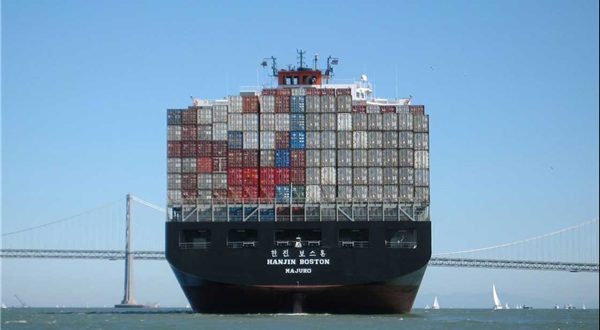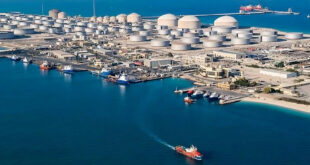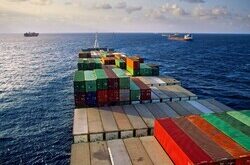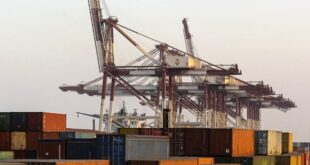Eslami said that Iran’s maritime transport had made a good deal of progress since the sanctions on Iran were enacted last year. adding that cargo handling capacity at ports South and North of the country has increased.
The minister said foreign port operators withdrew some 85.000 containers from the Iranian ports once the sanctions were imposed in November. However. he said that a modern factory enjoying the latest international standards had already started manufacturing containers inside Iran.
It was thought that our maritime transport would be crippled … the performance of the maritime sector is not comparable to the past. said the minister. adding that cargo handling capacity in the ports had increased by nearly 10 times over the past years.
Eslami said a plan to expand and automate terminals serving large dry bulk ships in Shaid Rajaee Port. located in southern Iran. was going on smoothly.
He said the government would support the $430mn project. which is awarded to a private contractor and seeks to help increase export of Iran’s raw mining products. through providing ships and vessels needed at the site.
The comments came hours after authorities in the Southwestern port city of Khoramshahr opened a new medium-sized container terminal.
The local media said more than $15 million had been invested in the construction of the new terminal. which covers an area of 15 hectares and is equipped with reach and empty stackers for handling various sizes of containers.
The increased activity at Iran’s ports come as the country seeks to boost trade to offset the impacts of the sanctions on direct sale of oil.
Iran has reported higher volumes of exports for petrochemicals and mining products over the past months. Experts believe number of shipments would further increase as the governments are making a considerable investment in refining and mining sectors.
On Wednesday. Governor of the Central Bank of Iran Abdolnasser Hemmati downplayed the impacts of the US embargos against the CBI. saying that the country has learned how to carry out sanction-free trade and economic interactions.
On Tuesday. a $430 million deal was signed and finalized to allow the construction of the largest automated port terminal in the Persian Gulf and the Sea of Oman for handling mining products and metals. Deputy Head of the Port and Maritime Organization of Iran (PMOI) Mohammad Ali Hassanzadeh said.
“The final capacity of this terminal would be 50 million tons (a year).“ said Hassanzadeh on Monday. adding. that the project would be executed in three years and in three phases in an area covering 180 hectares.
The official said once finished. the terminal would bring about a real change to Iran’s mining and metals industry. adding that it would spur growth by increasing the volume of exports and by creating jobs.
He said the automated terminal would be linked to most of the mines across Iran through railways. adding that exporters would enjoy lower charges and improved shipment and loading standards through the facilities at the terminal.
Earlier this month. Hassanzadeh said that Iran will give further momentum to privatization process with handing over authority over small ports to the private sector. in a bid to boost shipping activities to offset the impacts of US sanctions on trade. according to a senior maritime official.
He added that a plan to privatize small ports North and South of the country would be implemented in the upcoming months as the government seeks to spur more shipping activity.
The privatization of the ports come amid government efforts to activate more trade channels across the country as it seeks to minimize dependence on crude exports amid American sanctions that have affected exports.
Washington’s unilateral sanctions against Tehran began in November 2018. five months after US President Donald Trump withdrew from an international deal on Iran’s nuclear program.
Claiming that the bans were working properly. Trump tightened them in May. only to see that Iran was finding new solutions to recoup the losses.
Last month. Deputy Head of Iran Small Industries and Industrial Parks Organization (ISIPO) Ali Asqar Masaheb announced that Iran will undertake new measures to further strengthen its non-oil exports with a new bill to be tabled at the Iranian Parliament.
Iranian officials started planning for policies to counter the US possible sanctions a year before Donald Trump entered into office in early 2017. The policies are now proving effective as economic indexes are indicating inefficacy of the US pressures.
Earlier in July. Iranian Industry Minister Reza Rahmani said that despite US efforts to cripple Tehran’s economy. year-on-year comparison shows that the country’s domestic production has increased in the first quarter of the local calendar year (March 21-June 21).
 Iran Energy News Oil, Gas, Petrochemical and Energy Field Specialized Channel
Iran Energy News Oil, Gas, Petrochemical and Energy Field Specialized Channel




